With roots in Japan, forest bathing or shinrin-yoku has become a modern alternative to meaningful travel and healthy living all over the world.
Last updated: September 24, 2025
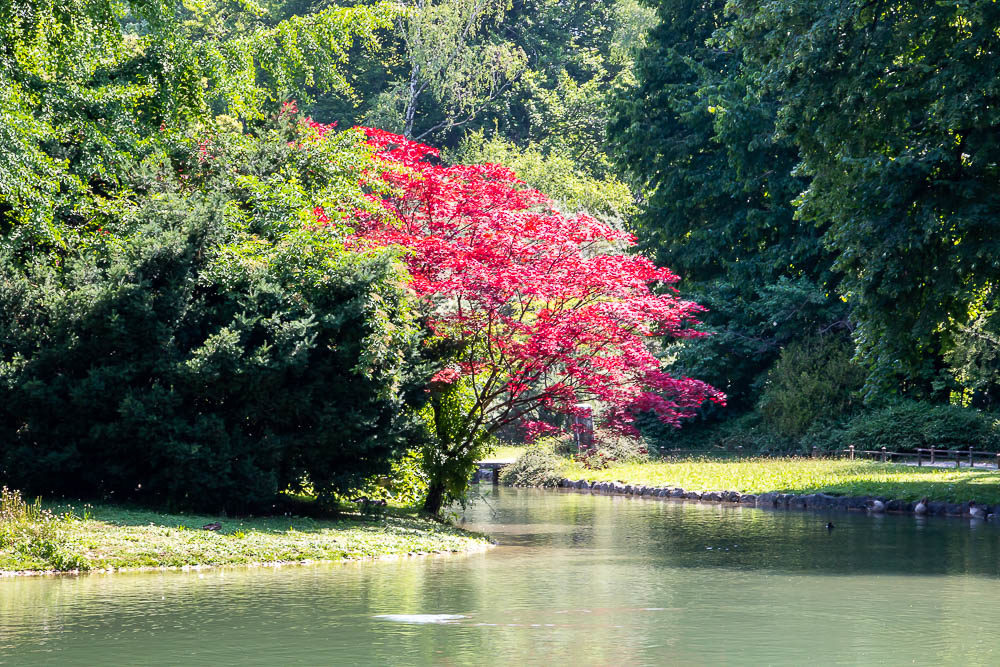
Forest-Bathing by Default
I looked under one tree, bending my upper body so it almost touched the ground. Fallen leaves, already too dry and too brown-ish to collect and pressed between the pages of a book, lavishly covered the forest floor. I was certain to remove enough of this fall blanket to see mushrooms if there were any. There were none. Reluctantly, I moved to the next tree.
Mushroom foraging, unlike wild berry foraging, wasn’t my strong suit. My sister and dad would always fill my wicker basket with boletus and porcini mushrooms after theirs were full to the brim.
I grew up with one foot in the forest, so to say. Unlike neighboring hamlets, our village wasn’t surrounded by any dense woods that would feed locals a few months a year. We had to travel, mostly by bicycles, for a few kilometers to get to the closest forest where we could forage for berries in the summer and mushrooms in the fall.
When the temperatures dropped, our forest bathing consisted of occasional leaf-or-moss-picking adventures (kids had far fewer gadgets to keep them indoors back then). The year would normally end with a trip to the forest to choose a Christmas tree.
I was 17 when I left my little home village. Forest has never been a permanent part of my life ever since. But somehow I’ve always ended up living in cities and areas abundantly dotted with trees and shrubs. So even without the proper woods around, I’ve continued forest-bathing to a certain degree.
Forest Bathing (Shinrin-Yoku) in Japan
Many residents of Japan, where forest bathing or shinrin-yoku has its roots, are not as lucky. With approximately 75% of the population cramming in big cities, such as Tokyo, Osaka, Yokohama, and even the former capital, Kyoto, many locals are forest-deprived on a daily basis.
Modern lifestyle contradicts Japanese ancient traditions. For centuries, the Japanese turned to the forest when they needed food, healing, and inner clarity. People seemed to naturally feel better, refreshed, rejuvenated, and calmer while walking in the forest. Trees were thought to be homes of forest deities and thus sacred. Cutting down a tree would bring an eternal curse.
The Japanese ancient wisdom is now baked up by science. In the early 1980s, it even received a new name, shinrin-yoku or forest bathing, when the Japanese Agency of Agriculture, Forestry, and Fisheries joined forces with some of the country’s leading doctors, including Dr. Qing Li (this article was inspired by Dr. Qing Li’s book Forest Bathing: How Trees Can Help You Find Health and Happiness), to study and show the connection between being out in nature surrounded by trees and human health.
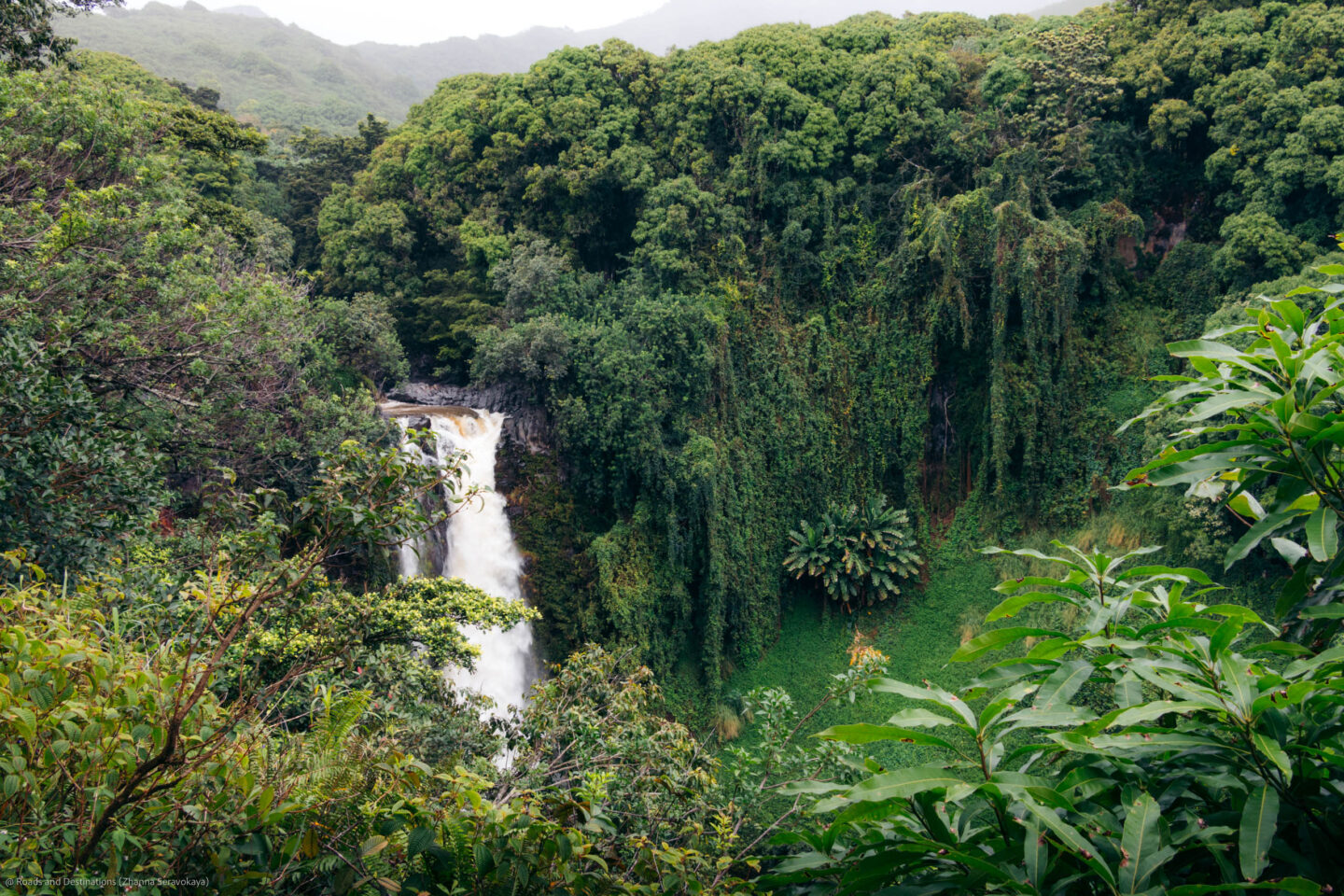
What Is Forest Bathing?
Forest bathing is a practice of relaxation through immersion into a forest or similar environment that promotes sensory engagement and connection with nature. A leisurely stroll with your eyes turned to subtle colors of the trees and ears tunes to seasonal forest melodies is essential.
A hike or brisk jog with earbuds to block out all the “noise” has never been a part of forest bathing. Slowing down, listening to your surroundings, immersing yourself into the natural world, however, are necessary to reap the full benefits of shinrin-yoku.
A proper forest bath focuses on the connection with nature through engagement of all five senses: sound, sight, smell, taste, and touch.
Sound
The forest is never quiet. It’s buzzing, whistling, cracking, roaring. But it’s a different kind of sound. The sound that calms you and soothes your emotional pain. It bestows on you music that pleases your ears, not irritates them like in a city.
The perfect symphony of the forest is performed by a well-coordinated orchestra. You detect some flute sounds in the quiet birds chirping. A loud waterfall’s roar replaces drums. Tree leaves sing new songs every season: quiet on a warm summer day, loud and tumultuous when a strong wind portends an upcoming storm.
Nature’s symphony never stops. Yet it’s one of the most relaxing and restorative sounds for human ears. The sound of the forest is capable of lifting us out of mental fatigue that we live in 24 hours a day, seven days a week.
Interestingly enough, silence is one the rarest commodities. In a big city, we are constantly bombarded with announcements, sirens, sounds of cars driving and airplanes departing or arriving. There is that constant and never-ceasing noise…
In a forest, a world away from the stimulating sounds of the city, we feel refreshed and relaxed. Depression, anxiety, guilt, and anger lessen their grip on us. Headaches and migraines alleviate. Many even credit forest bathing with its healing sounds for helping them overcome writer’s block and opening artistic channels that they have lost touch with.
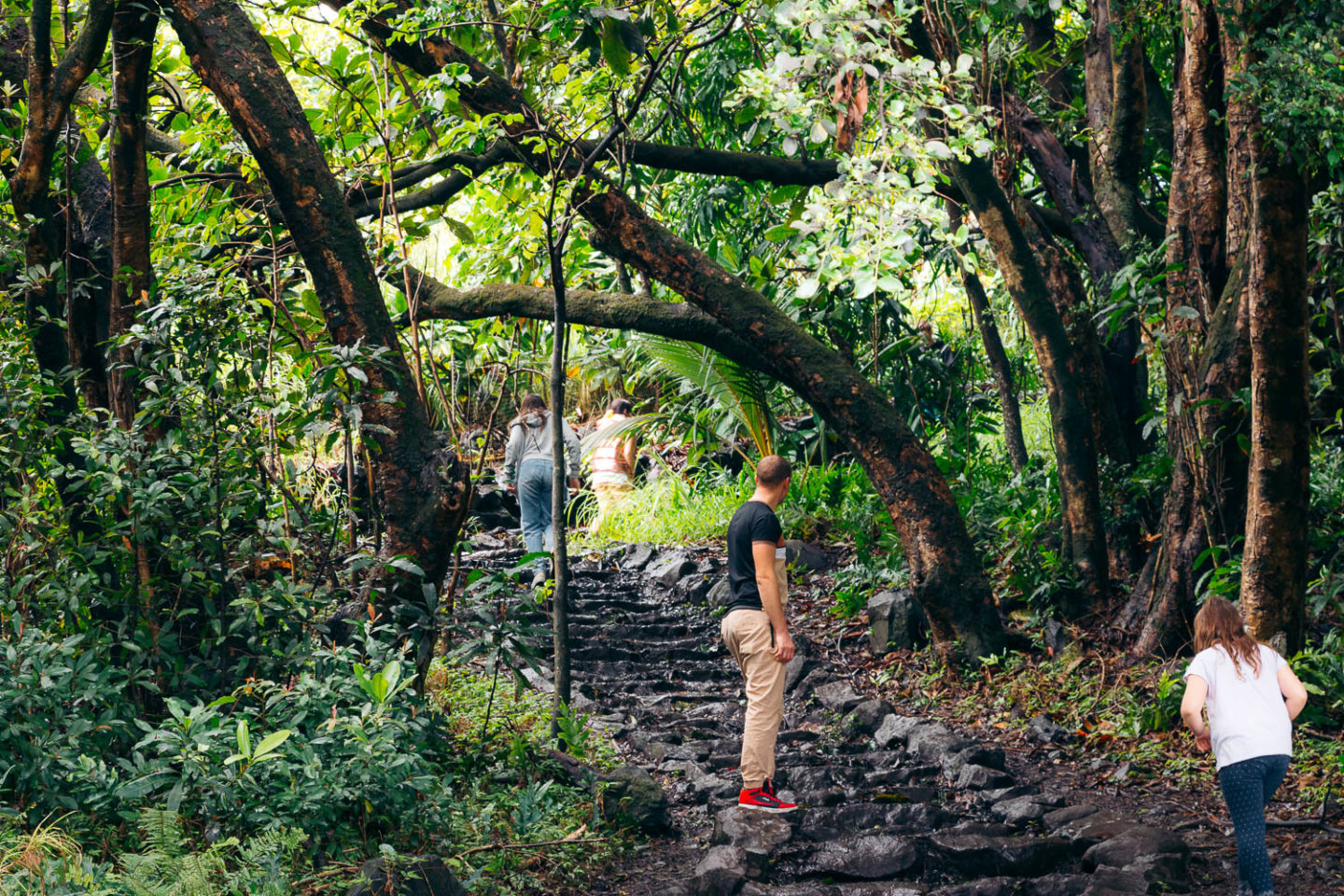
Sight
The greatest masterpieces have been inspired by nature’s colors: blue hues of the ocean on a sunny day: pink cherry blossom in April; a wide range of orange and yellows shades that compose a desert palette; and green – 40 shades of green, as the Irish like to say – which is the dominant color of the forest.
And while we naturally associate the woods with the green color, the forest intertwines many different tones. The natural palette of the woodland also consists of turquoise shades of alpine lakes. Blue hues are delivered on the tails of swift Steller’s jays. Red and purple shades of wild berries dot shrubs and bushes underneath the towering trees in late summer and early fall. Forest is vibrant and beautiful. You just need to be willing to see its opulence.
Apart from its aesthetic role, a forest bath engages and simultaneously relaxes your visual receptors. In a forest, all artificial colors are replaced by natural hues. Overly bright lights as the ones we absorb while staring at our phones and computers are removed.
While there is probably no study that has been done to show how forest bathing affects eye vision, spending some time in nature certainly helps relax muscles, including eye muscles. And this, according to some prominent ophthalmologists, leads to improved vision.
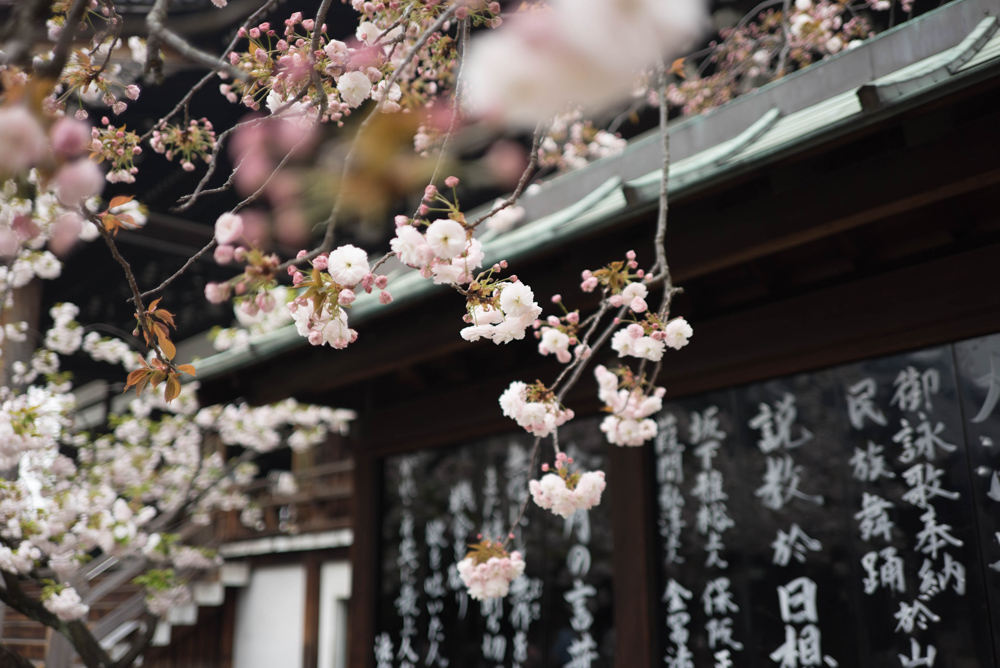
Smell
A coniferous forest is said to be ideal for forest bathing. Evergreen trees, such as pine trees, cedars, spruces, are the largest producers of phytoncides. These tiny compounds are responsible for a distinctive aroma we inevitably link to and expect to smell while in the forest.
One of the key attributes of shinrin-yoku, the smell of the forest stimulates a pleasant mood, decreases anxiety and fatigue. But that’s not all. Studies show that phytoncides increase the number of natural killer cells that control tumors and microbial infections by limiting their spread, decrease the levels of stress hormones, enhance the activity of the anti-cancer proteins, and improve sleep.
Taste
People have foraged in the wild for centuries. In times of crises, such as wars and natural disasters, forests have often been the primary sources of food. Some world-longest living nations name herbs, greens, berries, and other plants they forage for in the wild one of their secrets to longevity.
Many forest-bathing centers in Japan have restaurants and shops that specialize in forest-therapy meals. There is no fast food on their menus, only dishes prepared with locally-grown ingredients. Spared from pesticides that prolong shelf-lives of the produce while transporting it to different corners of the world, the “forest” food is packed with essential vitamins and minerals that your body needs.
If you go on a shinrin-yoku walk in Japan, don’t be surprised if it ends with a traditional tea ceremony. The tea is brewed from twigs, leaves, bark, and flowers of the trees you’ve seen and smelled in the forest.
Touch
Walk barefoot, brush your fingers on the bark on the trees, dip your feet in a cold stream – forest bathing activates all senses, including touch. Touch symbolized the direct connection with nature. It allows you to create a bond that you can explain and feel.
Do you remember that feeling of relief and an instant burst of energy when you dip your feet in a cold creek after walking in the forest for hours? Can you recall how all worries seem to fade when you lie on your back in a meadow sprinkled with yellow flowers amid tall, green grass?
What happens in your body at these moments goes far beyond a romantic feeling or some sort of nostalgia. When your bare skin touches the ground, you receive a dose of the earth’s powerful healing electrons. If applied systematically, this “medicine” can speed wound healing, improve sleep, and reduce stress and pain.
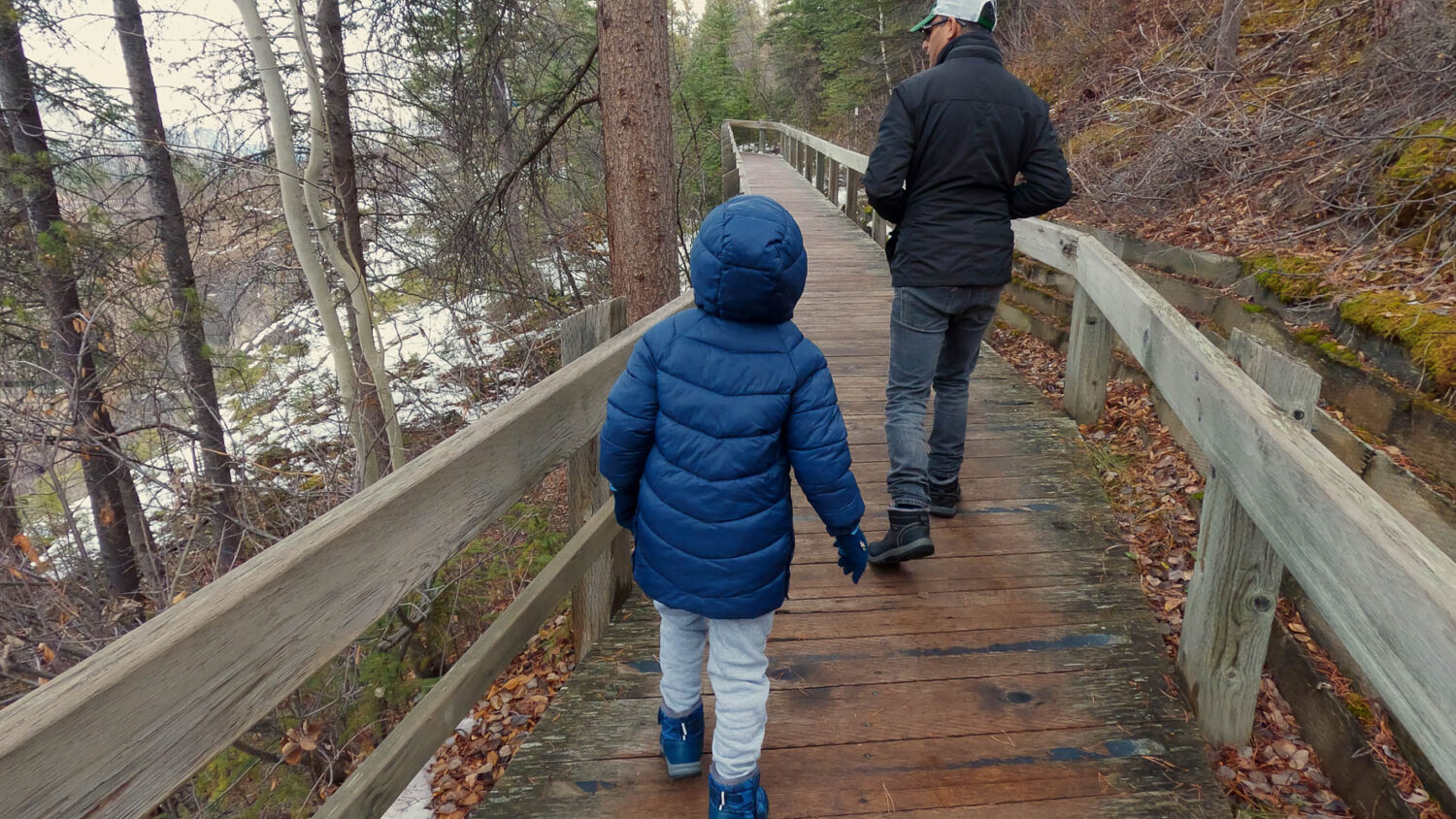
HOW TO PRACTICE FOREST BATHING WITHOUT TREES
World, however, is not a perfect place. Many of us, following the demands of work and modern lifestyle, choose a life that does not always support our optimal health. More than half of the world population lives in urban areas with no or limited access to woodlands.
While immersing yourself into a forest at least two hours a day, a few times a week has a direct, positive effect on you health and well-being, there are many other ways to practice forest bathing in your backyard, at home and office, whether you live in a small coastal town or a megalopolis.
1. Visit a Local Park
You can forest-bathe anywhere in the word where there are trees. A local city park is one of the great places to start. Depending on its size, an urban park is more likely to have a few tree-lined trails with benches alongside. Pick one of them and enjoy nature in the heart of a city.
The main requirement of the forest bath is to be present and disconnected from the outside world. So turn off or leave your phone at home. Walk slowly and listen to the sounds around you. Stop to smell flowers. Sit on the bench and feast your eyes of nature’s colors. Acknowledge the change of seasons.
If your body aches for gentle movements, spread your yoga mat and do some standing poses or seated stretches.
You can also bring a thermos with hot chocolate and tea to drink after your forest-bathing session. Or perhaps even eat your lunch surrounded by nature rather than empty walls of the break room in your office.
Whatever you do, do it slowly. Don’t rush. Tune in to nature and embrace all the sounds and smells around you.
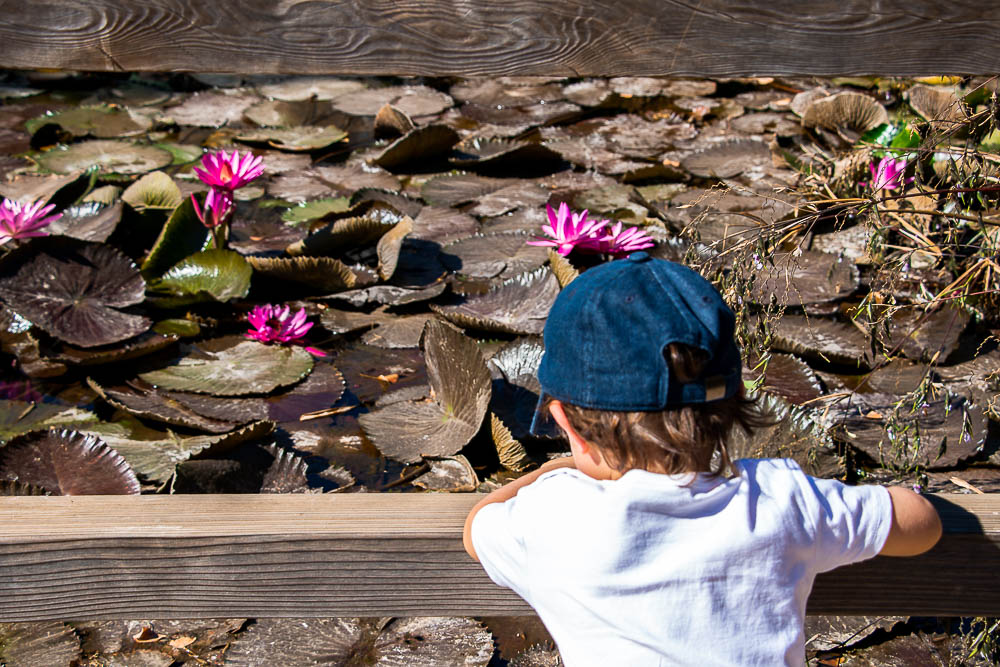
2. Fill Your Space with Plants
If you can’t travel to a forest, bring the forest into your home or office. Health benefits of indoor plants are endless. Along with aesthetic appeal, the houseplants absorb carbon dioxide and release oxygen. The more oxygen you get, the easier you breathe.
So while indoor plants can never substitute the forest and health benefits it offers, they will surely boost your mood, reduce stress and anxiety, sharpen your attention, and increase productivity.
Indoor plants are also great air-purifiers. Like sponges, they soak up toxic chemicals found in paints, cleaning products, and fabric, to name a few. According to NASA, some of the best air-purifying plants include peace lily, golden pothos, English ivy, bamboo palm, red-edge dracaena, and spider plant.

3. Imitate Forest Smell while Practicing Forest Bathing Indoors
Experts of shinrin-yoku encourage you to take a walk in a forest with lots of conifer trees that produce the most distinctive smell. Interestingly, the evergreen trees are the only trees that we can “bottle” and use in aromatherapy while “forest-bathing” indoors.
There are many ways to use essential oils while taking a forest bath at home or in the office. Imitating the smell of the forest with the help of a diffuser is probably the most popular. You can use one essential oil or try your hands on mixing and creating a blend of your favorite smells.
I like to add a few drops of different essential oils to melted wax when I make candles. Alternatively, you can pour several drops in a steaming hot bath and breathe in the scent of forest while bathing.
TIP: Essential oils are also used in homemade remedies. But be extra careful and educate yourself first on the specific properties of the oils you use. Some of them may be poisonous.

4. Work Out Outside
A few years ago, I made several serious attempts to incorporate gym into my routine. I’d never liked working out in the gyms in the first place. I hadn’t been interested in lifting weights. Running on a treadmill while listening to music or podcasts with headphones or staring at a large TV in front of me seemed artificial to me.
I felt that the most natural way to work out the way I did (which was normally running, walking, or bicycling) would be to go to a park and get a healthy dose of exercises while also engaging my senses and observing the world around me. But since I lived in a big city with more gyms around almost every corner than parks, I finally decided to jump on this gym wagon.
I lasted literally five days. On the day when my free membership expired, I went to the park where I’d normally walk 4-5 miles three or four times a week and never stepped inside that gym again.
Gym is a great place to exercise, especially for those of us who need motivation that a group of strangers working out in one place provides. But if you have an opportunity, ditch the gym and work out outside.
Running in a park or hiking up a mountain gives you a longer-lasting energy boost, makes you feel better about yourself, lessens anxiety, and improves your mood. Last but not least, the green gym is open every day and it’s free.
READ MORE: 5 Tips for Making Yoga a Daily Habit that Will Stick

5. Open a “Window” into Nature
Interestingly enough, you can reap some benefits, similar to those of forest bathing, when you enjoy nature from the window of your office or kitchen. Branches of the trees swaying in the wind, large clouds floating in the sky, and birds singing that forces its way indoors through an open window have a relaxing and soothing effect.
One study showed that patients who could see trees through the windows of their hospital rooms recovered after surgeries faster than those who saw only concrete walls of the neighboring buildings.
You can “open a window” into nature even if the windows of your room look into your neighbor’s apartment or you don’t have any windows at all. Hang a large photo or picture that depicts some kind of nature on the wall. It’s one of the simplest ways to bring trees indoors and, to some extent, practice forest bathing.
